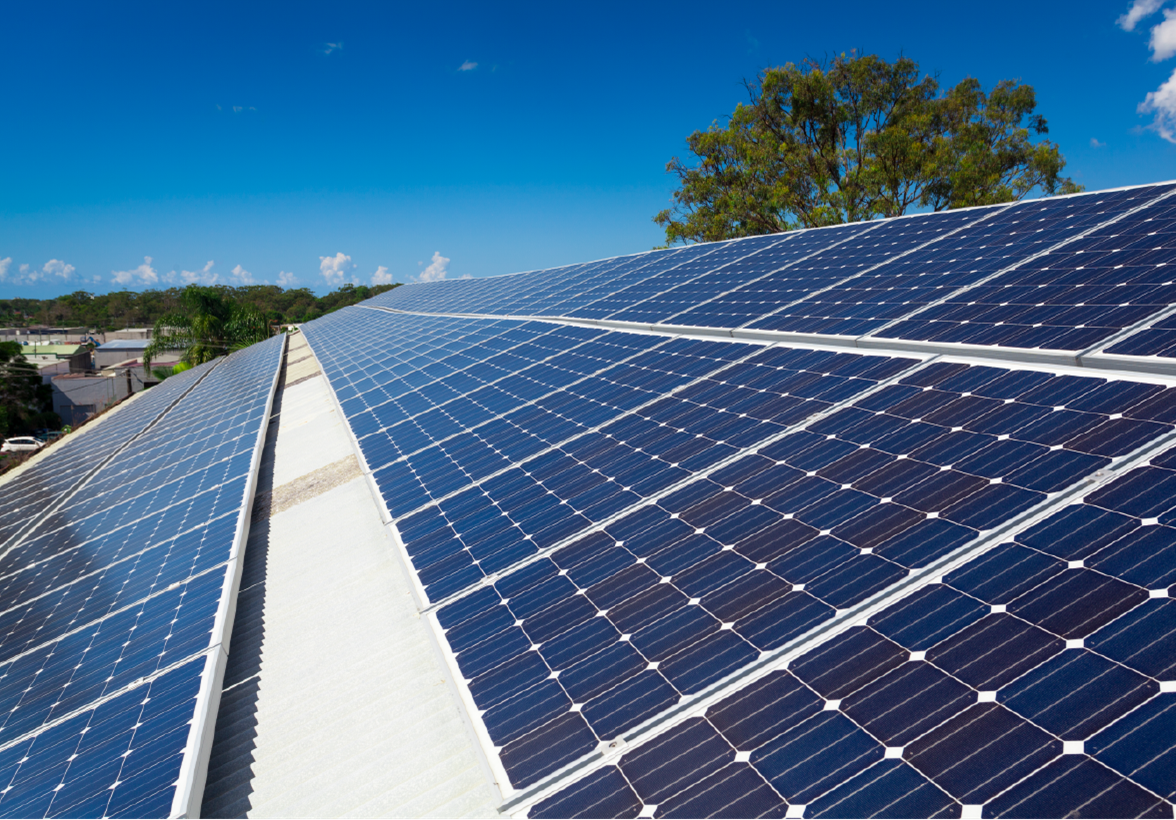PSEG is moving ahead with its next clean energy cycle following recent approval by the New Jersey Board of Public Utilities (NJBPU).
The PSE&G Clean Energy Future – Energy Efficiency II Program (CEF-EE II) spans January 2025 to June 2027 and is designed to build upon the first Clean Energy Future program to help New Jersey residents and businesses save energy, reduce utility costs and lower carbon emissions.

This initiative aims to help achieve the New Jersey clean energy annual reduction targets of 2% in electric usage and 0.75% in natural gas usage set forth in the 2018 Clean Energy Act and the NJBPU’s energy efficiency framework orders.
Over the next six years, the program will include an investment budget of $1.9 billion and provides nearly $1 billion of funding to continue the popular on-bill repayment program, which supports affordability and allows customers to repay the cost of equipment upgrades over time directly through their PSE&G bill.
This new cycle will fund 10 programs aimed at helping residential and business customers reduce their energy usage, bills, and carbon footprint, while supporting economic growth in New Jersey. PSE&G predicts these investments will create and sustain approximately 3,500 direct jobs annually in sectors such as equipment installation, technology services and clean energy.

“Our goal is to continue helping New Jersey residents and businesses save energy and reduce their costs,” said Kim Hanemann, president and COO, PSE&G.
“With the approval of this new program cycle, we aim to enhance our energy efficiency offerings, providing valuable resources and support to our customers. By helping lower carbon emissions across the state, this initiative reflects our commitment to a sustainable energy future where people use less energy that is cleaner, safer and delivered more reliably than ever,” Hanemann added.
Eight of these programs will focus on continuing to deliver PSE&G’s comprehensive suite of energy efficiency offerings, while two new programs will target building decarbonization and demand response, PSE&G said in a statement.
The program to improve on building decarbonization aims to incentivize the installation of heat pumps and other electric measures to replace fossil fuel equipment, thereby advancing efforts to decarbonize homes and businesses. Meanwhile, the demand response program will encourage customers to reduce electric consumption during peak demand periods and help them manage their overall usage to maintain the reliability of the electric grid.
The combined energy savings for participants are expected to generate gross lifetime bill savings of approximately $4 billion, as well as societal benefits such as providing targeted support to low income and overburdened communities, and the avoidance of nearly 10 million metric tons of carbon dioxide emissions. Additionally, the expansion of the company’s award-winning Clean Energy Jobs Program, which will provide enhanced job training for emerging technologies helps ensure that the workforce is well-prepared for New Jersey’s clean energy future.
Building on the Success of the CEF-EE I Program
Since its launch in 2021 through June 2024, PSE&G’s CEF-EE I programs have achieved significant milestones. As of the latest reports, nearly 400,000 customers have participated in energy efficiency initiatives and are collectively projected to save more than $500 million annually on their energy bills.
The program conserved 2.3 million megawatt-hours of electricity — enough to power nearly 335,000 homes — and avoided approximately 1.7 million metric tons of carbon emissions, equivalent to removing nearly 375,000 gasoline-powered cars off the road per year. Additionally, the Clean Energy Jobs Program has helped place over 2,600 individuals in clean energy careers.
PSE&G’s programs have garnered widespread recognition, earning over 55 awards, including Energy Star Partner of the Year for three consecutive years, underscoring the company’s leadership in energy efficiency and sustainability.











